FDA
FDA 21 CFR 1040.10 - Laser Product Performance Standards
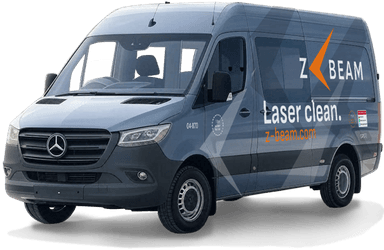
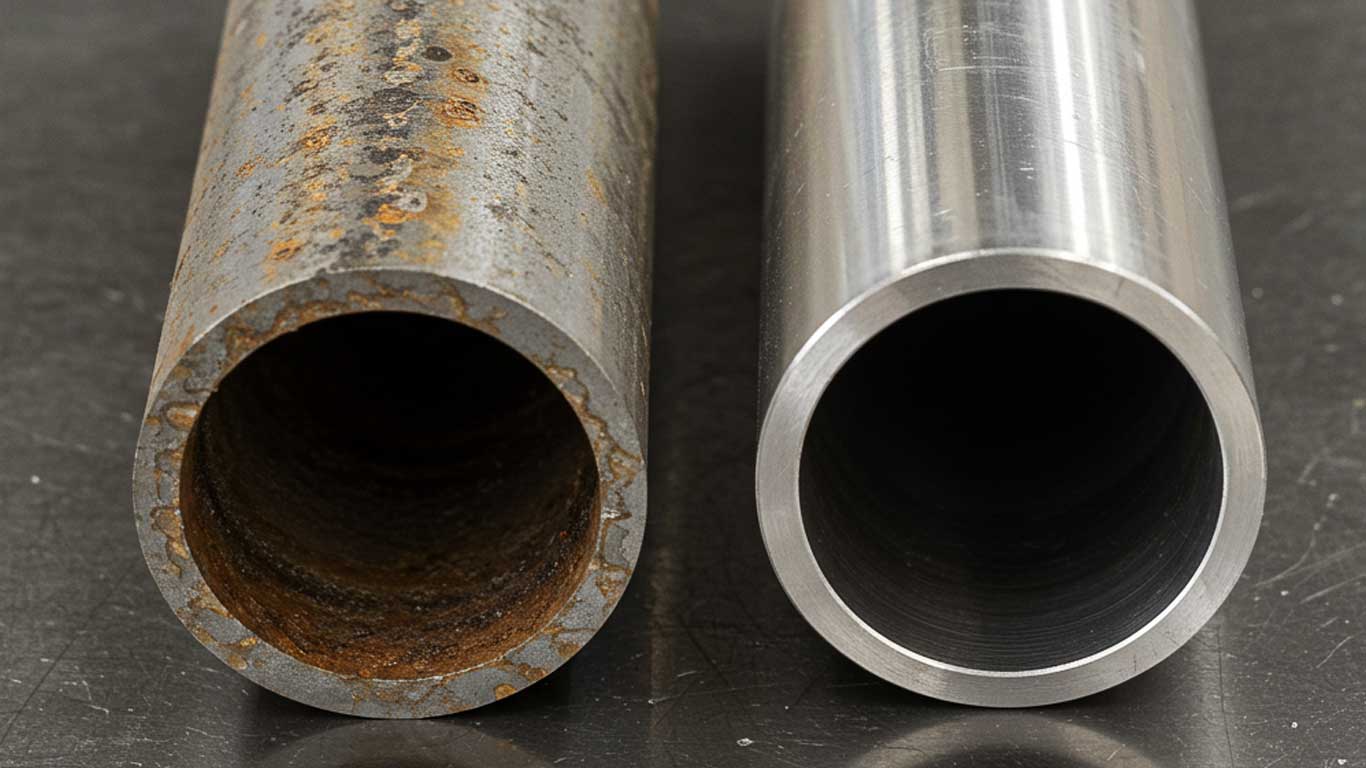

When laser cleaning aluminum, you'll want to start with its exceptional reflectivity that bounces most energy away so you must adjust power levels carefully to avoid overheating while revealing clean surfaces without warping the lightweight structure beneath
The contaminated aluminum surface reveals scattered dark residues under 1000x magnification. Jagged particles and uneven layers obscure the underlying metal texture. Streaks of grime create a mottled appearance across the view.
Laser treatment restores the aluminum surface to clarity at 1000x magnification. Smooth expanses replace the former irregularities and debris. The polished metal now reflects light evenly without any visible remnants.

FDA 21 CFR 1040.10 - Laser Product Performance Standards
ANSI Z136.1 - Safe Use of Lasers
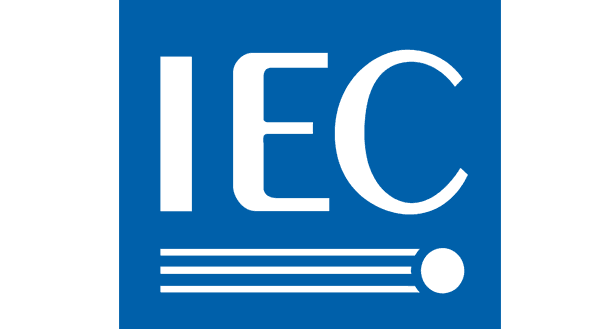
IEC 60825 - Safety of Laser Products

OSHA 29 CFR 1926.95 - Personal Protective Equipment